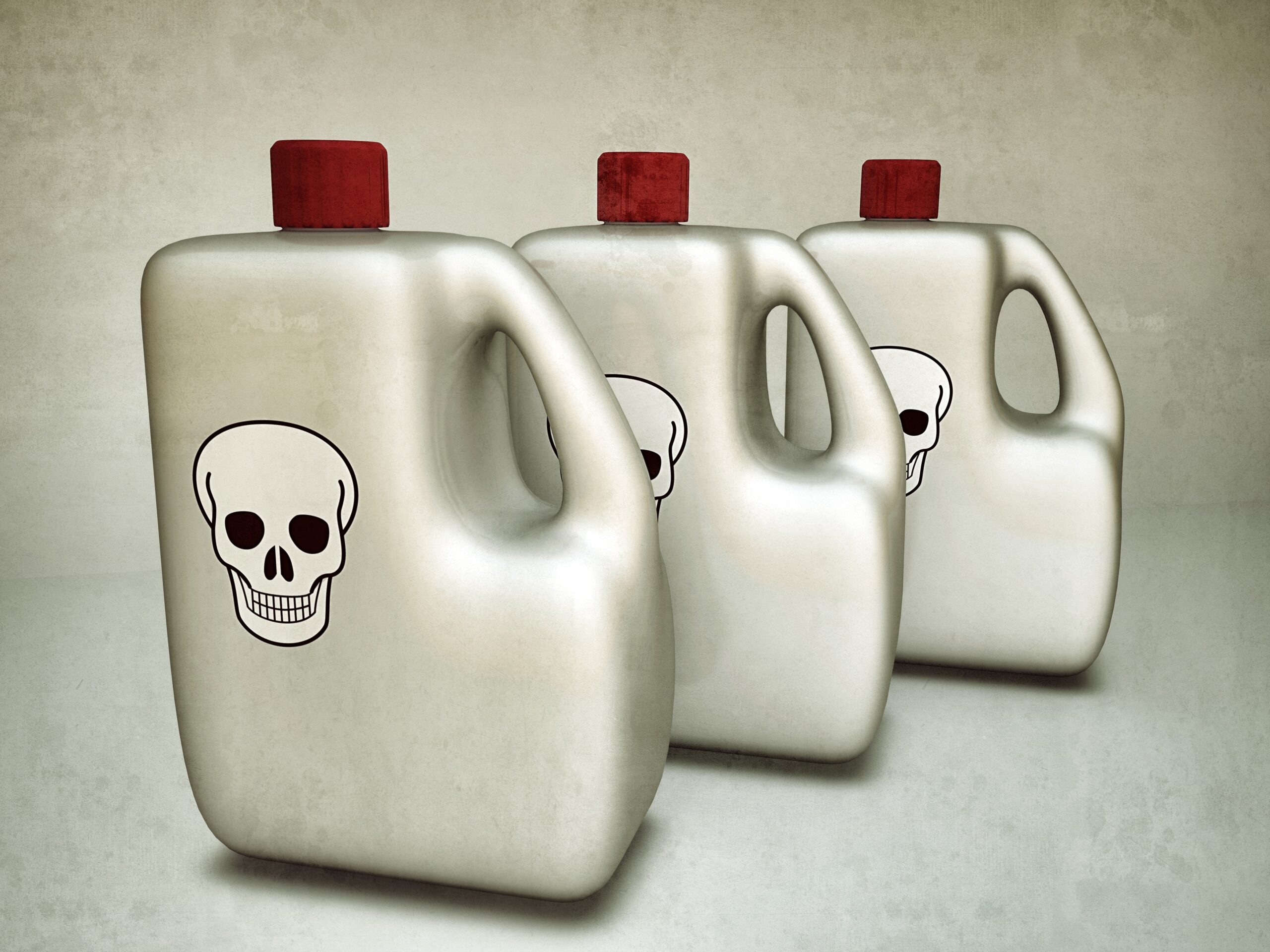by Hannah Hollingsworth
You might not think twice before throwing out eggshells, coffee grounds or veggie scraps after a meal. But those pieces of discarded trash could make a big difference.
Food waste makes up about 22% of overall landfill waste in the U.S. With a bit of sorting and minimal effort, those seemingly useless scraps could be repurposed into nutritious plant food known as compost. Compost is recycled organic matter that is then added to the soil. Making and using it can reduce climate change and produce healthier plants.
Compost, also dubbed black gold for its high nutrient content, can be made from most things that grow. That means onion peels, carrot scraps, apple cores, watermelon rinds and even yard trimmings can all end up benefiting your soil and passing their nutrients into the next generation of plants.
You’ll see the benefits of good compost in houseplants, flower beds and a veggie crop, but the domino effects of composting can reach even farther than your property.
Compost reduces waste. More than 100 billion pounds of food ends up in the trash each year. That food waste gets transported to landfills by trucks, which can be costly and pollute the environment. The average American family of four throws out $150 of food every month. Repurposing food scraps recycles personal food waste and can reduce the overall amount of waste sent to landfills.
Compost improves the health of your soil and fights erosion. The nutrients found in compost help the soil to bind together and strengthen its ability to hold water. The biological makeup of soil is also amped up when compost is added.
Composting produces healthier plants. It’s no secret that healthier soil equals healthier plants. That also translates to better crop yields, plants that flower more often and luscious greenhouse plants that grow rapidly.
Compost fights climate change. Making compost at home saves the trip to the garbage dump, where they can emit greenhouse gases that harm the atmosphere and contribute to global warming. Compost provides an alternative route for these gases instead, breaking down the naturally occurring carbon dioxide in the organic matter and nourishing new plants.
Composting eliminates the need for chemical fertilizers. The compost saves water and makes your garden drought resistant. If you live in a dry climate, compost may be the key to keeping your plants alive and healthy without using artificial fertilizer. Compost improves the makeup of the soil, enabling it to retain water better. Well-nourished soil can act as a guard between hot, dry conditions and your garden.
Composting is done on different scales. Some farmers or large companies use industrial methods and equipment to create compost for their crops. Compost production can also
take place in communities through municipal collection or third-party services.
Home compost can be created in a backyard or even on an apartment balcony. The tools needed will depend on the amount of compost you plan to make or how much food waste you produce.
Larger batches of compost are often made in big containers or outdoor piles and are watered and turned manually to ensure oxygen flow. Smaller batches are often put into containers, buckets or special compost tumbler devices. They’re turned and watered occasionally until complete.
How to Compost
The ingredients for compost are easy to remember: greens, browns, water and oxygen.
Greens refer to any fresh matter added to compost. This will mainly include kitchen scraps and freshly cut garden trimmings. These materials contain nitrogen and are considered the “wet” part of the compost.
Browns contain carbon and come in the form of paper, dried leaves or twigs. This is the “dry” part of the compost.
The ratio of greens to browns needed can vary depending on the consistency of the compost, but a rough ratio of one part greens to every two to four parts of brown—combined with water and oxygen flow—should yield the right texture. More greens or browns can be added if the texture is too dry or wet.
The time compost takes to form depends on how it’s processed. There are multiple ways to create compost, but the most popular method is called hot composting. It can take anywhere from four weeks to six months to produce hot compost.
It’s ideal for keeping hot compost between 130 to 140 degrees Fahrenheit to achieve the composting process. Water can be occasionally added to make the consistency damp. Hot compost should be turned once a week for proper aeration.
Compost can be made from everyday household items:
- Fruit and vegetable scraps
- Pet fur and hair
- Eggshells
- Tea and coffee grounds
- Paper and newspaper (uncoated, shredded)
- Sawdust or wood chips
- Yard trimmings (untreated)
- Cut grass
- Fireplace ashes (natural wood only)
- Avoid using dairy products, meat or fish scraps, pet feces and fats. They could cause odor and add harmful bacteria to the compost.








Leave A Comment